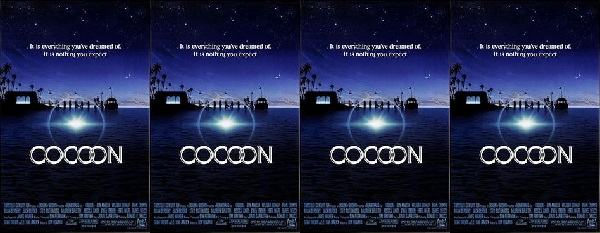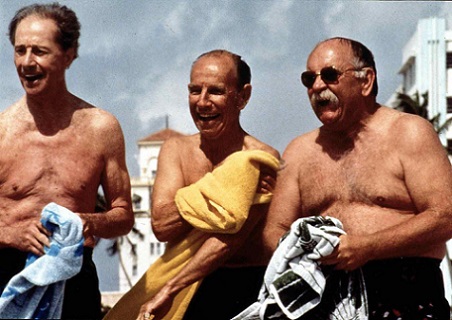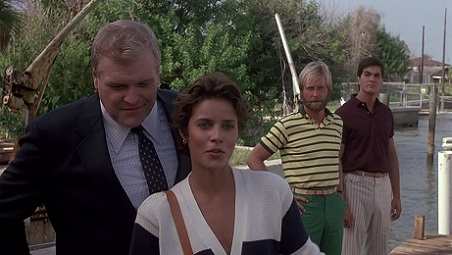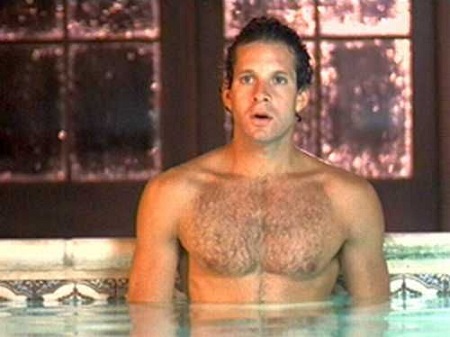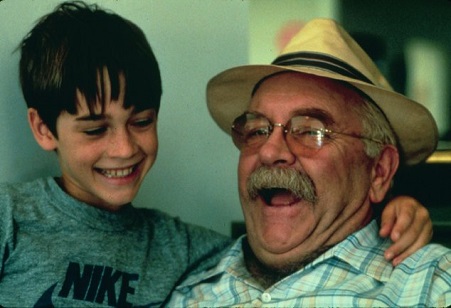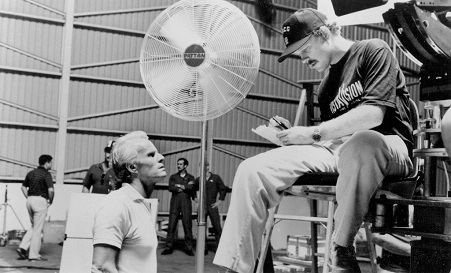The Jo Swerling screenplay for the Alfred Hitchcock movie Lifeboat (1944) was based on a novella written by John Steinbeck specifically for the movie. The movie that resulted was not pleasing to Steinbeck, for reasons articulated here. As suggested by the film’s title, Lifeboat occurs completely within the confines of a lifeboat launched from a passenger vessel that had been sunk by a World War Two era German U-boat.

The movie Lifeboat begins with a German U-boat sinking what seems to have been a merchant marine vessel full of American and British civilians in the waters presumably of the Atlantic Ocean. When the American and British survivors on the lifeboat encounter a German survivor onboard, a fierce debate among radioman Stanley ‘Sparks’ Garrett, wealthy industrialist Charles J. ‘Ritt’ Rittenhouse and columnist Constance ‘Connie’ Porter, the group allows the German survivor we later learn to be Kapitan Willi to survive with this crew. Hume Cronyn portrayed Garrett, Henry Hull portrayed Rittenhouse, Tallulah Bankhead portrayed Porter and Walter Slezak portrayed Willi.
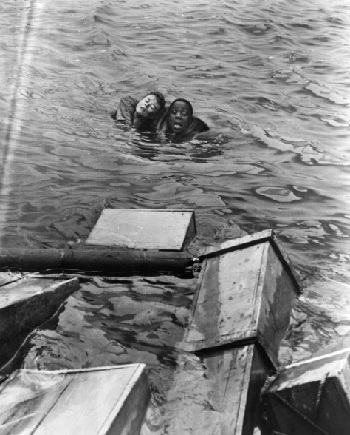
In a succession of incidents that will come to define the film, Porter moves from professional happiness to disappointment when her camera full of photographs of the battle that stranded the group on a lifeboat are lost to the sea. Meanwhile, Mrs. Higley, with her deceased infant, soon join the lifeboat. Mrs. Higley, as portrayed by Heather Angel, struggles severely to believe the reality of her child having not survived the ordeal. Joe Spencer, as portrayed by Canada Lee, played a lead role in saving the Higleys.

With the trauma of Mrs. Higley front and center, the full identity of Kapitan Willi as the captain of the U-boat that initiated the ordeal at hand is revealed simultaneously. Arguments over how to preserve limited supplies of food and water, along with the notion for how to navigate the group to safety. Additional trauma to Gus Smith, as portrayed by William Bendix, are revealed.

John Kovac, as portrayed by John Hodiak, aims for leadership and a journey towards Bermuda. Using a hidden compass and his ability to speak the English language, Kapitan Willi successfully convinces the members of the lifeboat to navigate for them when the lifeboat lands in a storm. Further trickery by Kapitan Willi is spotted by the injured Gus Smith, who has been suffering the effects of his amputation as well as the negative effects of drinking seawater.

While the others sleep, Willi takes advantage of the ostensible goodwill of others onboard the lifeboat and pushes Gus overboard. It is only after the death of Gus Smith that the remaining survivors onboard discover that Willi in fact has a flask of freshwater and other supplements that he has not been sharing with the others. Joe Spencer comes to bear in revealing these truths about Willi. The narrative statement in how and who addresses this sense of treachery carries significant impact.

The statement from Rittenhouse on Willi carries a further statement of societal norms, and judgments, too. That the narrative moves from this to the scene where Stanley Garrett proposes to Alice MacKenzie, in the face of the many doubts around survival and the escalating scale of human nature, felt jarring to me. The notion for why and where this particular interlude happens perhaps had not a better placement within the film, in my opinion.

Mary Anderson portrayed Alice MacKenzie, who accepted Stanley’s proposal of marriage. Is comes shortly after this that Connie Porter intervenes with a sensible proposal to use bracelet for the sake of fishing. In a classic moment of snatching defeat from the jaws of victory, the group’s spotting a passing ship leads the group to carelessly knock the fishing line with a captured fish into the sea when paddling for rescue.

A naval engagement ensues upon the spotted ship as an American warship opens fire on the German supply ship that Kapitan Willi had been navigating the group towards. Another sinking results, with another German seaman seeking safety aboard this lifeboat. After pulling the seaman aboard, both Rittenhouse and the seaman wonder to one another about motivation to kill. The larger question around motivations of class, nationality, and those we’ve all seen die within the telling of Lifeboat coming to mind, per Stanley’s suggestion. Presumably those aboard the lifeboat are left to return to society at large, such as it is, following the ordeal all experienced with Lifeboat. The question is, do folks listen to Stanley Garrett or Charles Rittenhouse Jr.?

My first impulse in thinking about Lifeboat was to understand the film as a work of propaganda during a world war. While there are elements of this, there are clearly larger societal questions about the conduct of war, the conduct of peace, and the ability to see humanity in the face of what the aims of war are for opposing forces of said war. That this narrative has the influence of both John Steinbeck and Alfred Hitchcock is unmistakable for both parties, in my opinion. That it is Hitchcock‘s movie making viewpoints mixed with studio influence in what made it to screen is just as important to note. I grant Lifeboat as directed by Alfred Hitchcock 3.75-stars on a scale of 1-to-5.
Matt – Wednesday, April 6, 2022







